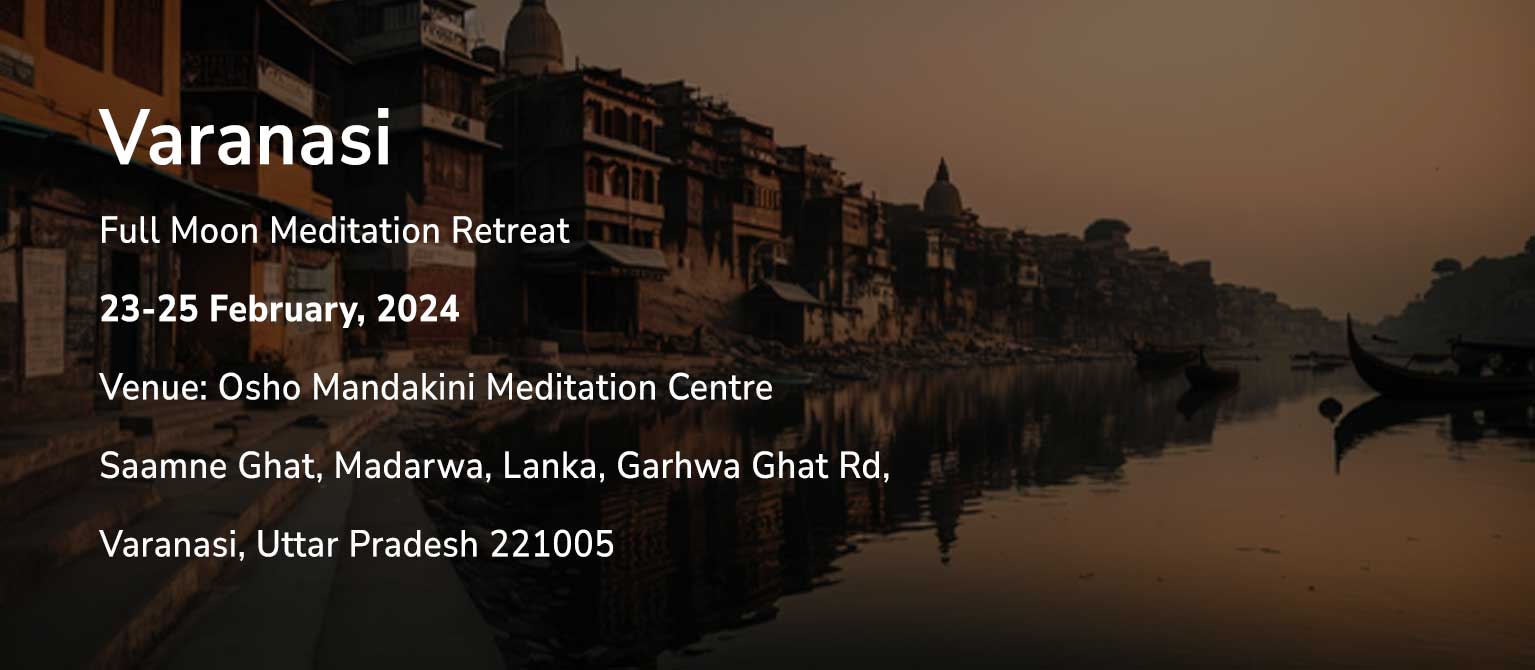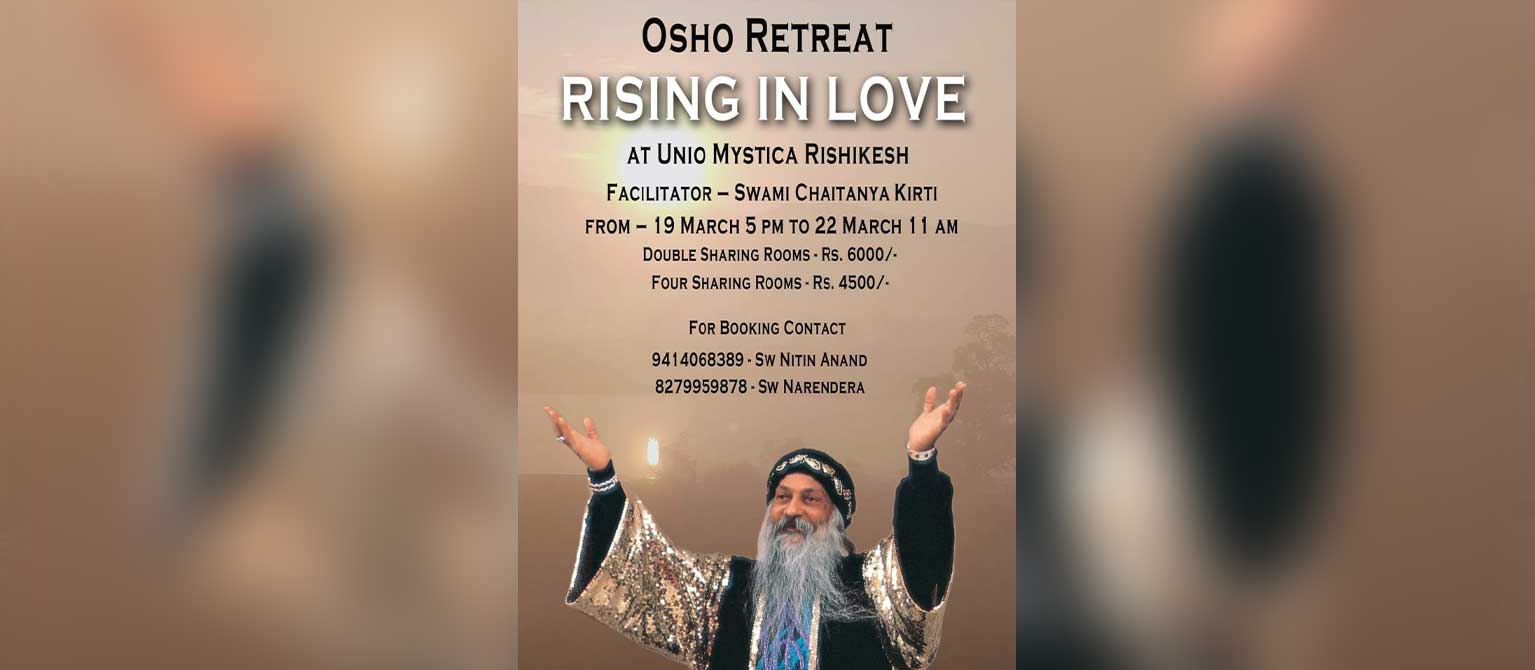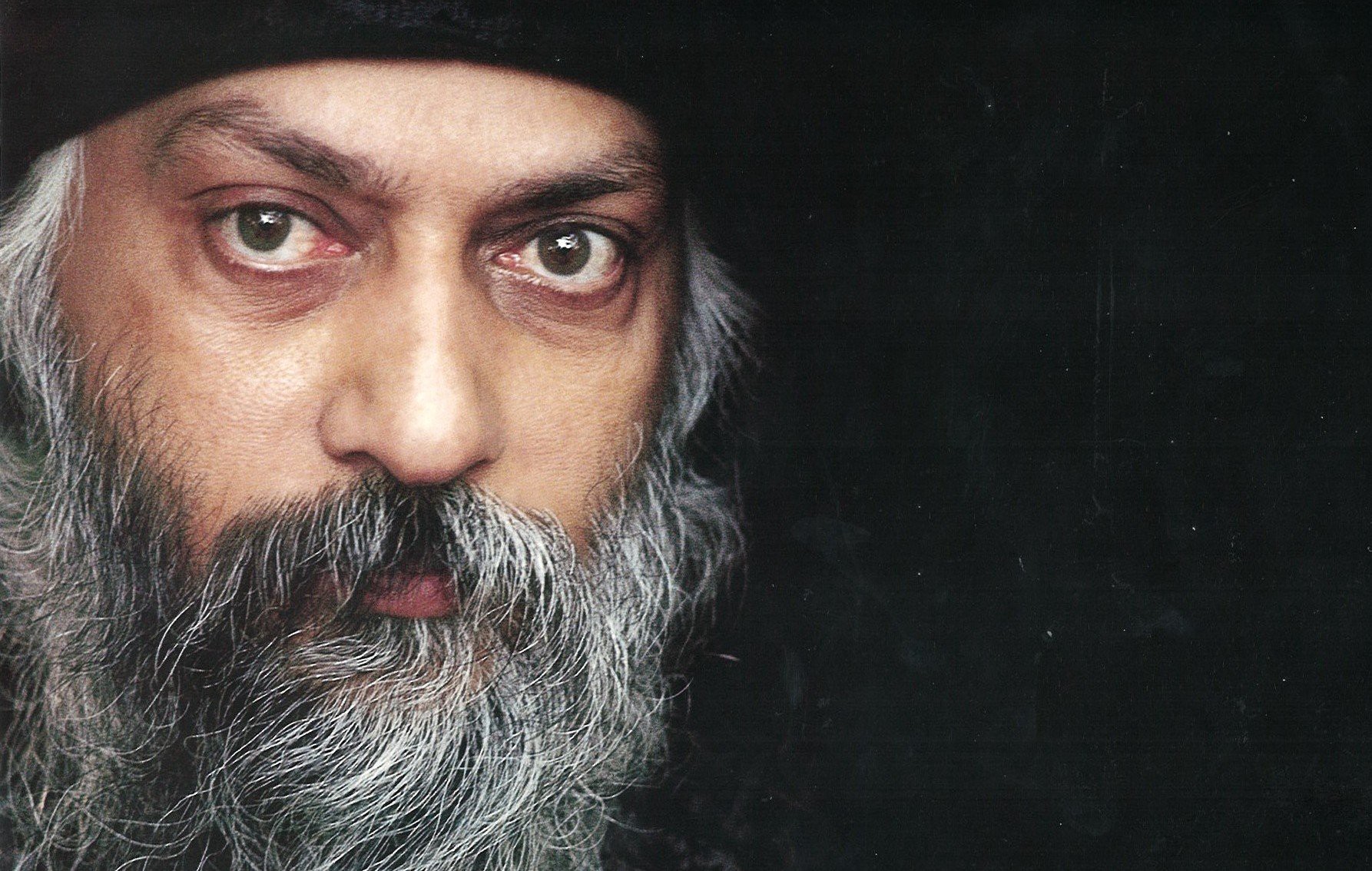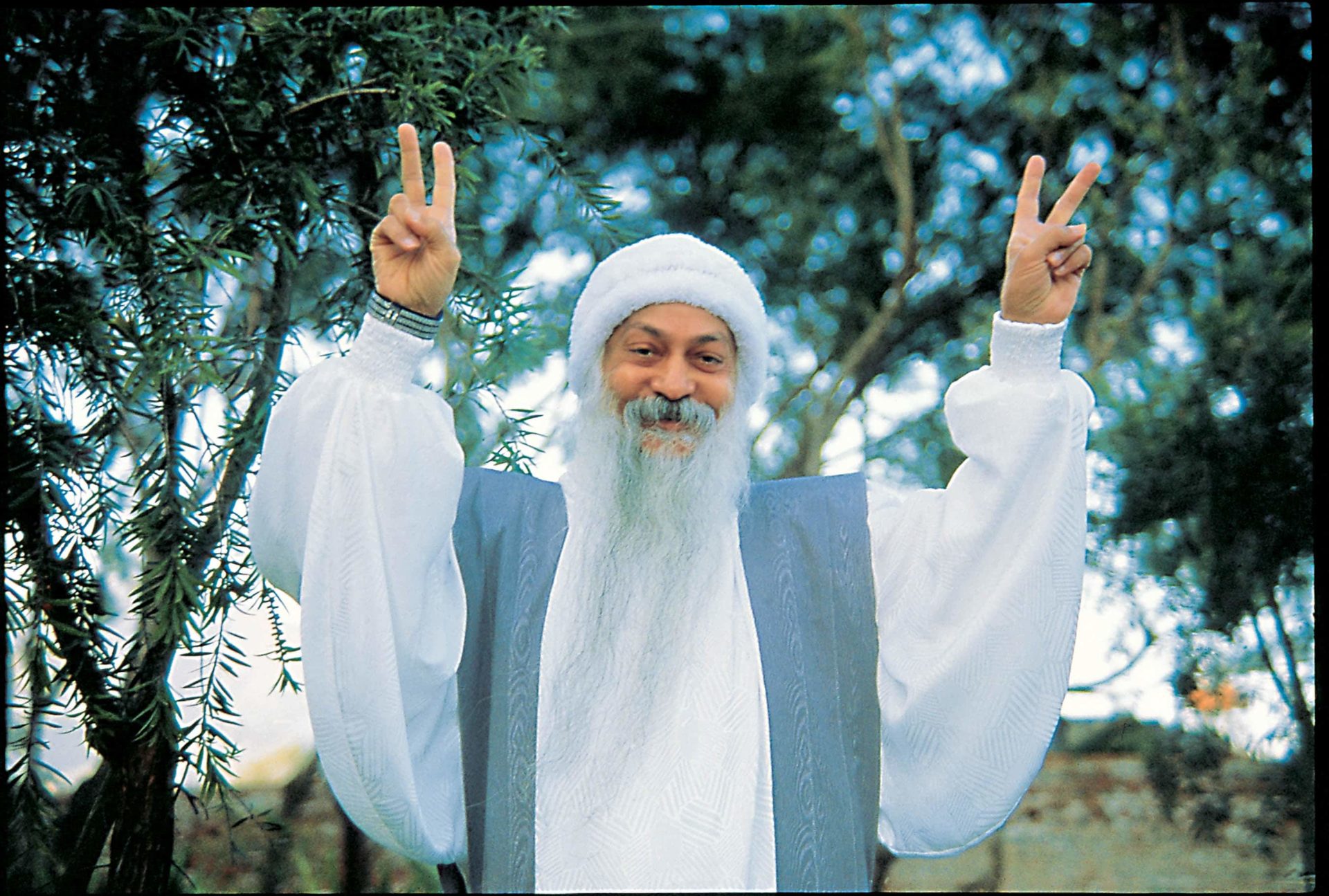Review by Kuldip Dhiman
The Inner Journey by Osho.
Penguin Books, New Delhi. Pages 262. Rs 250.
“I am the beginning of a totally new religious consciousness. Please don’t connect me to the past — it is not even worth remembering.” This is Acharya Rajneesh or Bhagwan Rajneesh or Osho, master of the rhetoric, making one of his characteristic statements.
At the time when all the babas and gurus were busy preaching morality, making us feel ashamed of our bodies and making us feel guilty for enjoying ourselves, Rajneesh emerged on the scene like a tornado with his unconventional views. Not many could digest his teachings, and there are many among us who have condemned him as a hedonist without hearing a word of his discourses.
This is sad, because in spite of all his eccentricities, there is a lot that one can learn from Rajneesh.
Over the centuries, we have nourished our minds at the expense of our bodies. And almost all civilisations and religions are guilty of it. So much stress has been laid on the glorification of the mind that the body is now seen as an ugly and sinful mass of flesh and bones.
This dualism is actually responsible for most of the ills of our society. Our seers recognised this problem and that is why they introduced the system of yoga in order to strike a perfect balance between the mind and the body. Unfortunately we lost this balance and we began to glorify asceticism: eat less, sleep less, have less fun, avoid all worldly pleasures, shun beauty. Self-denial somehow got associated with self-realisation.
In the present volume, “The Inner Journey”, based on talks given by him at Ajol in Gujarat, Rajneesh tells us that the most important centre in the human body is the navel, followed by the heart and the mind. Unfortunately for centuries we have reversed the order, making mind the most important centre.
This has created havoc in our lives because if the navel centre is undeveloped and weak, other centres will be weak too. “The mind alone,” Rajneesh stresses, “will take man only towards madness. Do you know that the more a country becomes educated, the more the number of mad people there?”
Most religions and saints tell us to control the mind, suppress all evil thought. But suppressing does not really help because whatever you suppress “goes more deeply into your being — because what you are suppressing came from within, it did not come from outside. . . And the mind functions in certain ways. For example, whatever you want to suppress or escape from becomes central to the mind. . . .To forbid is to attract, to refuse is to invite, to prevent is to tempt.”
So instead of suppressing our thoughts, we should drop all conflict, try to come to terms with it and just watch. Understanding and watching will have two results: “First, your knowledge of your own energies will develop, and knowing them makes you the master; and, second, the strength of the grip which these energies have on you will decrease.
“Slowly, slowly you will find that at first anger comes and then you watch; then after a while, gradually, you will find that when anger comes, the watchfulness will come at the same time. And finally you will find that when anger is about to arise, the watchfulness is already there . . .
“Then you will realise that you have discovered an amazing method: you will have discovered that only in unconsciousness do anger, sex and greed have power over you. Watching them, bringing your awareness to them, they all disappear.”
It is generally accepted that as we become enlightened our consciousness moves from the lower part of our body to the mind. But this belief is erroneous and misleading, says Rajneesh. “The journey of a meditator is downwards, towards the roots. One has to descend from the head to the heart and from the heart to the navel. Only >from the navel can anybody enter into the soul: before that one can never enter it. . . . A meditator has to bring this life-energy deeper, more downwards, more towards the centre; he has to turn it back.”
For this, we have to first relax the mind, and then “create tension in the strings of the heart . . . If these two things happen, then the third thing can happen: then it is possible to descend to the real centre of your life — the navel.”
Other ways through which the dormant energy of the navel could be awakened are proper diet and adequate sleep. Rajneesh then demonstrates his relaxation and meditation techniques practically. Whether they work or not is up to the reader to find out by following them step by step.
What sets Rajneesh apart from other gurus is that while they tend to destroy the thinker in you, the questioner in you by asking you to follow them unconditionally, he encourages you to question everything, doubt everything, and to adopt a scientific approach. But the problem is Rajneesh does not teach us how to think, how to question, how to analyse. One reason could be that he was himself an unsystematic thinker, and his knowledge of science was superficial, outdated and even unreliable.
Whenever he tries to support his arguments with the latest advances in science he is vague, and never mentions his source. For instance when he says that the navel is the centre of life-energy, he does not support his argument scientifically or even rationally. He tells us that whenever we are in danger, we feel the impact on our navel, and when we see our beloved our heart beats faster, hence the navel is the centre of life-energy and heart the centre of love.
Now this line of reasoning is a case of unwarranted conclusion. According to modern science, when we see danger, our eyes send the appropriate message to our brain, which in return signals our various body organs to react to the situation. In case of danger, the brain directs our guts to tighten up for a fight or flight response; and in the case of love, our breath stops for a while because we are so enamoured of our object of love; hence the brain directs the heart and lungs to beat faster to make up for the lost oxygen.
True, science still has a long way to go, but just because an organ behaves abnormally under a given situation, is no proof that it is responsible for the resulting emotion.
The other problem with Rajneesh’s discourses is that they are often marred by sweeping statements that he was so fond of making, thus giving ammunition to his detractors. “I am beginning of a totally new religious consciousness,” he boasts. “Please don’t connect me to the past — it is not even worth remembering.” Having said that, he borrows liberally from Hinduism, Buddhism, Jainism, Christianity, Chinese, Japanese, and western philosophy and from almost everywhere; the only problem is that he does not acknowledge his debt.
And though he was brilliant, the fact is there is nothing really original in Rajneesh’s thought. There is nothing like “Rajneesh philosophy”. He was an expert at reinterpreting age-old wisdom and making it relevant for the present age. This was his main achievement, and it would be a pity if we ignored him solely because he dared to question our sense of misplaced morality.
original in the internet: www.tribuneindia.com








